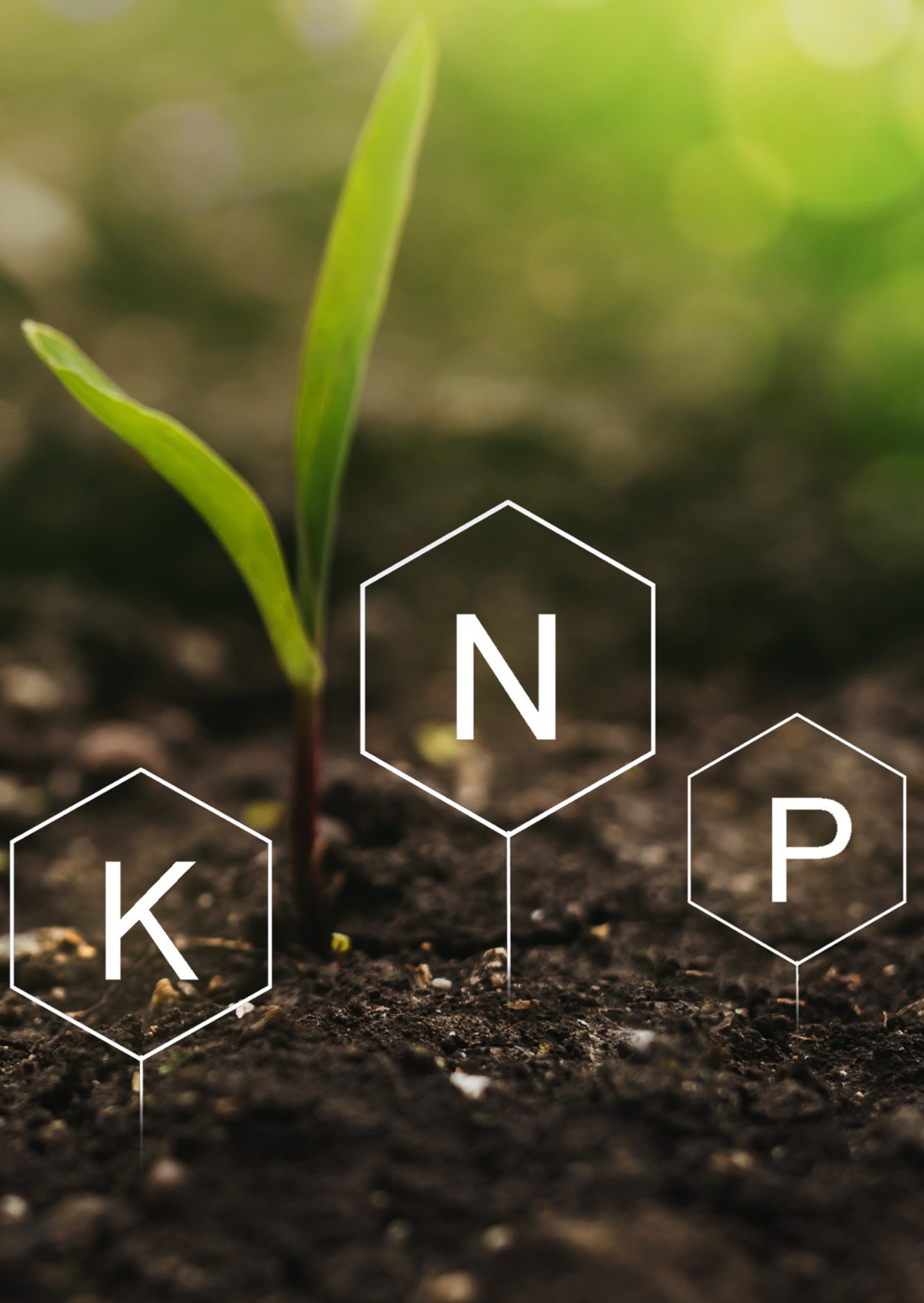Global health trends are ever evolving and consumers are becoming more cognisant of their diet and environmental awareness. The increase in demand for organic food produce across the world has led to a resultant surge in the demand for biofertilizers.
Traditional chemical fertilizers have led to a rise in water pollution and soil erosion. These factors are considered the key catalyst for the migration toward and adoption of organic and sustainable fertilizers. Bio-fertilizers are becoming increasingly popular as it provides an eco-friendly and economical solution and offers a host of benefits such as improvement in soil fertility, increase in nutrient uptake by plants as well as mitigating the risks to human health and well-being.
What are biofertilizers?
A biofertilizer is a substance which contains living micro-organisms which, when applied to seeds, plant surfaces, or soil, colonize the rhizosphere or the interior of the plant and promotes growth by increasing the supply or availability of primary nutrients to the host plant. Biofertilizers add nutrients through the natural processes of nitrogen fixation, solubilizing phosphorus, and by stimulating plant growth through the synthesis of growth-promoting substances.
Types of speciality fertilizers used in agricultural applications:
Nitrogen Fertilizers
Nitrogen fertilizers are primarily used to promote growth by cell division. Nitrogen boosts plants’ chloroplasts, which are responsible for the photosynthesis process.
Potassium Fertilizers
The production, distribution and metabolism of the food that plants produce through photosynthesis depend heavily on potassium. High potassium fertilizers will next move their attention to supporting phosphorus in bud, flower, and fruit production.
Phosphorus Fertilizers
Crops use phosphorus to store and convert energy. It encourages the growth of fruit, flowers, and roots, all of which are crucial for producing conventional agricultural products.

How biofertilizers have revolutionised the agricultural landscape
The agricultural sector is currently facing challenges worldwide, these challenges include climate change, which has a negative impact on global crop yields. Other key risks include the lack of fertile land, urbanisation and the growing global population, (the Food and Agriculture Organization estimates that food production will need to increase by 60% by 2050 from 2012), as the exploitation of resources has led to land degradation, deforestation and water scarcity. The use of pesticides and chemicals for pest control is further contributing to the food crisis leading to a reduction in soil quality.
Biofertilizers are a more natural solution to the challenges as discussed below:
1) Increase Production Efficiency and Yields

Biofertilizers are seen as a cost effective and innovative solution to the current food security dilemma. Farmers are better positioned to improve harvest yields whilst reducing overall input costs, allowing for more flexibility in a challenging environment.
2) Biofertilizers are Sustainable and Eco-friendly

Biofertilizers aid in the decomposition of organic residue which accelerate and stimulate overall plant development and growth. Increasing demand for high crop yield is expected to drive growth of the biofertilizers market.
3) Restore Natural Soil Fertility

Biofertilizers assists in the rehabilitation of soil in order to sustain and promote new agricultural plant growth, providing sustained and consistent high quality crop yields.
4) Environmental Stress Reduction

Bio-stimulants assist in overcoming environmental stresses by enhancing germination and root development. An enhanced root system promotes more efficient nutrients, water uptake, and translocation throughout the growing season. Therefore, leading to greater stress resistance on plants.
M&A Landscape
Factors driving growth & investment

Recent M&A activity in bio-stimulants and specialty fertilizers
”In the biofertilizer sector, buyers have prioritised consolidation with a focus on solution based strategies. Future industry transactions will be driven by the acquisition of smaller market participants, as well as a shift to expanding their respective service offerings.

Description:
Agrinos is a fully integrated biological input supplier with in-house production, global distribution, and unique technologies.
Rationale:
The acquisition has assisted American Vanguarg in their leading position of crop protection, by expanding their global participation in bio-nutritional inputs that contribute to improving soil health.

Description:
Gavilon is a company that distributes grains, feed ingredients, and fertilizers.
Rationale:
Viterra acquired Gavilon to strengthen their global network, provide more value and flexibility to their customers, and broaden their sustainable supply chains.

Description:
Valgro has a leading position in the bio-stimulants and special fertilizers industry.
Rationale:
The acquisition supports Syngenta Group’s commitment to making agriculture more resilient, sustainable, and strengthens its strategy to offer farmers more complementary product and technology options.




